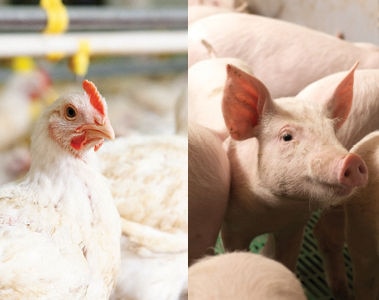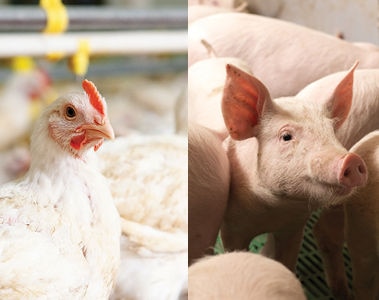As described in the article “Vitamin E: more than nature’s most powerful antioxidant”, vitamin E possesses multiple functionalities, most of them centered around its well documented and proven effect as free radical scavenger, hence a very peculiar antioxidant function. In addition, the multiple functionalities of vitamin E reflected with most symptoms of deficiency related to disorders of the cellular membrane, due to the oxidative degradation of polyunsaturated fatty acids, indicate that vitamin E is the most effective lipid-soluble, chain-breaking antioxidant in the living organism. In human nutrition, plant phytochemicals, a large group of compounds including polyphenols, have attracted the attention of the scientific community for many years. Being present in many food items and wine, their function has been associated with antioxidant properties: but is it true?
Polyphenols are a family of around 8,000 compounds usually clustered as flavonoids – the largest family - and non-flavonoids (Manach et al., 2004). Amongst different functionalities attributed to polyphenols, their antioxidant properties have attracted the interest of scientists. In addition, consumer interest on these compounds started because of the so-called “French paradox”, the apparently paradoxical epidemiological observation that French people have a relatively low incidence of coronary heart disease (CHD), while having a diet relatively rich in saturated fats. It has been suggested that France's high red wine consumption is a primary factor in the trend because of one of the components of red wine potentially related to this effect is resveratrol, a polyphenol. It has however been shown that the amount of resveratrol and other polyphenols absorbed by drinkers of red wine is minimal and that it is unlikely to explain the paradox (Ferrières, 2004). Despite several years of epidemiological and intervention studies, the evidence for in vivo antioxidant effect of polyphenols in red wine remains confusing and equivocal (Halliwell et al., 2005; Croft, 2016).
For some years, and sometimes still today, in vitro measurements of antioxidant efficacy of polyphenols and other substances has been extensively used. Values of antioxidant capacity measured for example with the ORAC (oxygen radical absorbance capacity) technique have been used by private companies to promote their products - and by consumers to guide their food and dietary supplement choices – and published by independent bodies. Later it has been recognized that in vitro measurements do not reflect the in vivo properties and rankings based on in vitro assessments have been withdrawn and not considered scientifically sounding (USDA, 2016).
The main reason for the discrepancies between in vitro and in vivo can, according to most scientists, be ascribed to the low bioavailability of polyphenols and hence the very limited plasma concentration, clearly insufficient for exerting significant antioxidant effects in the system (Halliwell et al., 2005). In fact, maximal concentration of flavonoids in plasma after absorption via the gastrointestinal tract would not exceed 1mmol/L (Halliwell et al., 2005). This concentration is far below the total plasma antioxidant capacity in humans, which measured by a range of assays is >103 mmol/L (Halliwell and Gutteridge 2007).
Some authors have drawn quite straightforward conclusions stating that dietary flavonoids cannot be significant antioxidants in humans (Frei, 2009). In July 2008, the FDA republished guidance for industry using antioxidant claims and stated that “as only dietary vitamins A, C and E are verified as physiological antioxidant nutrients, just these vitamins-not polyphenols-qualify for an antioxidant nutrient claim” (FDA, 2009). The same position has been taken in Europe by the European Food Safety Authority in different opinions (EFSA, 2010).
It has been postulated that the increased antioxidant capacity measured in vivo in blood after ingestion of polyphenols could be caused by the increased concentration of plasma antioxidants like urates, an effect which cannot not be considered only beneficial since elevated urate level may be a risk factor for some diseases (Halliwell, 2003).
There are clear gaps in human nutrition between observational studies and intervention trials using food extracts or pure polyphenol compounds (Croft, 2016). Most recent hypothesis are based either on considering polyphenols signaling molecules, playing a role in anti-inflammatory processes or on assessing the effect of these molecules on gut microbiota (Williamson and Clifford, 2017).



